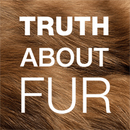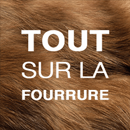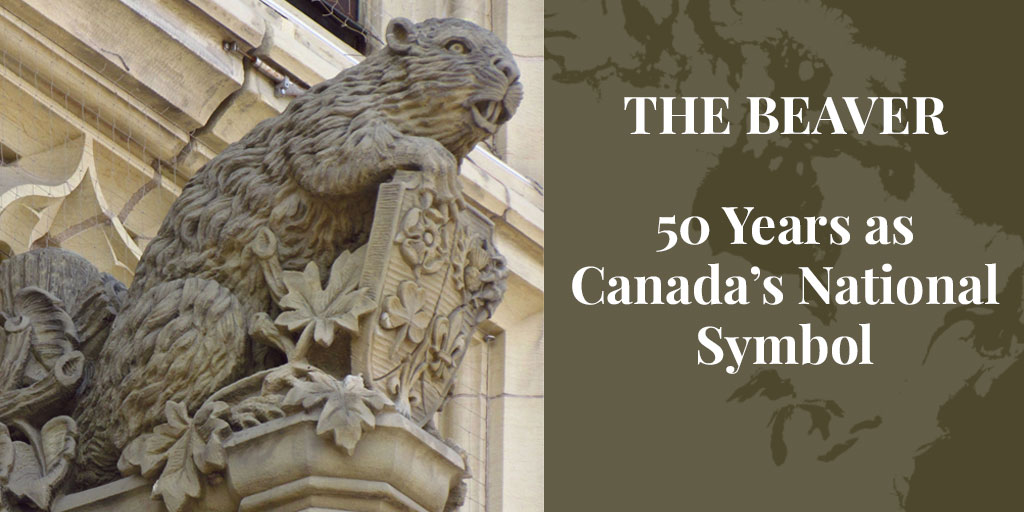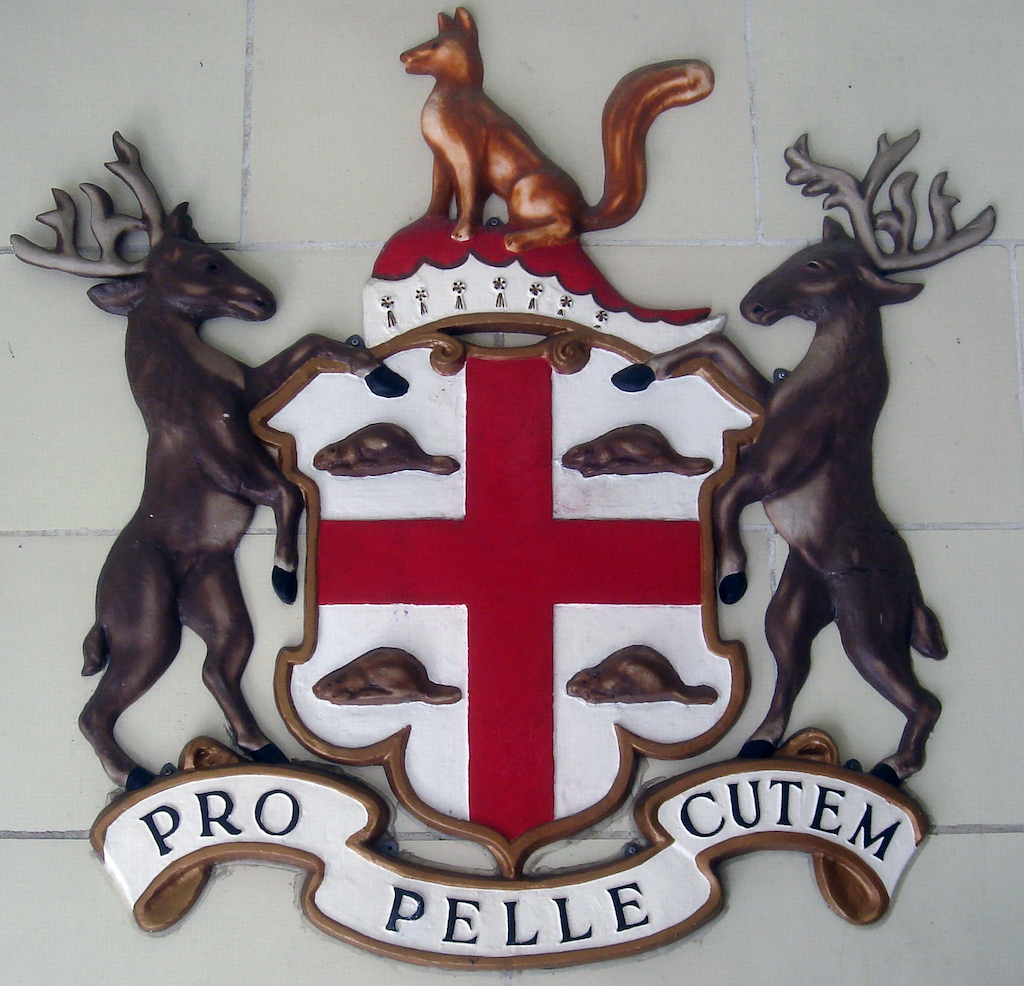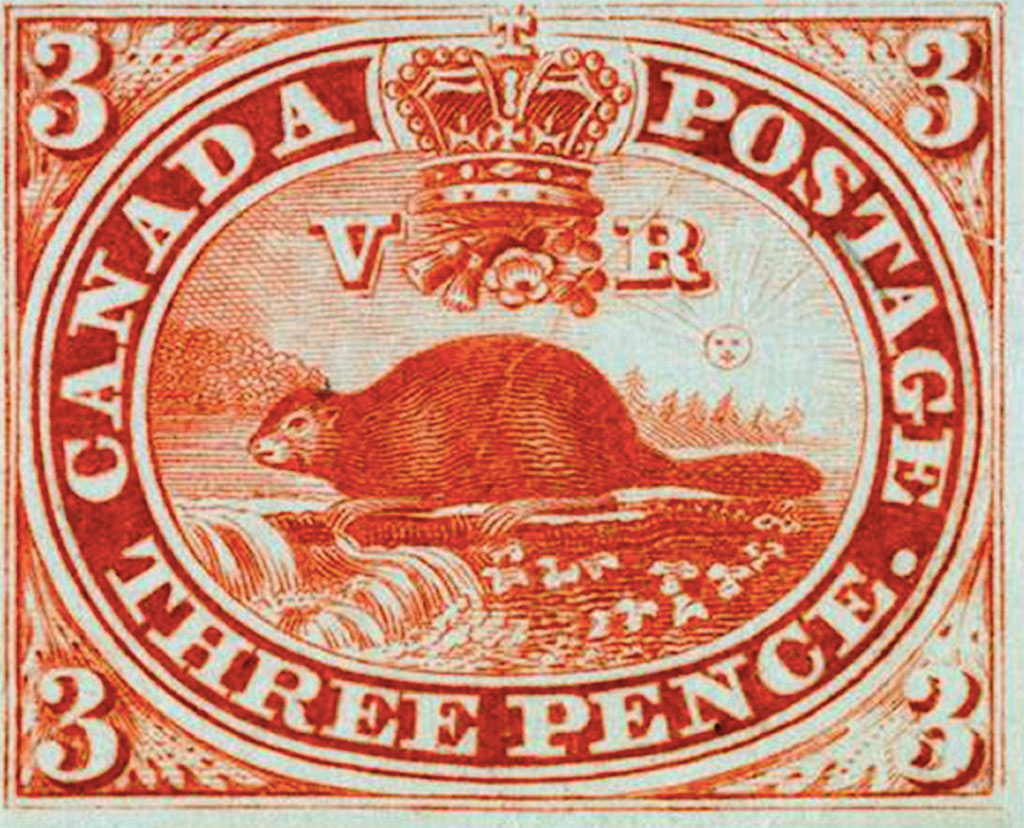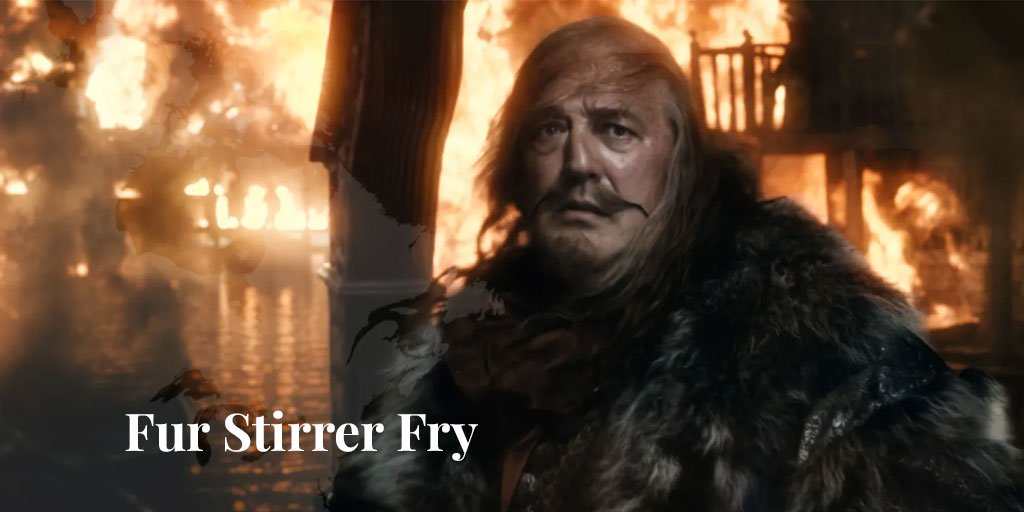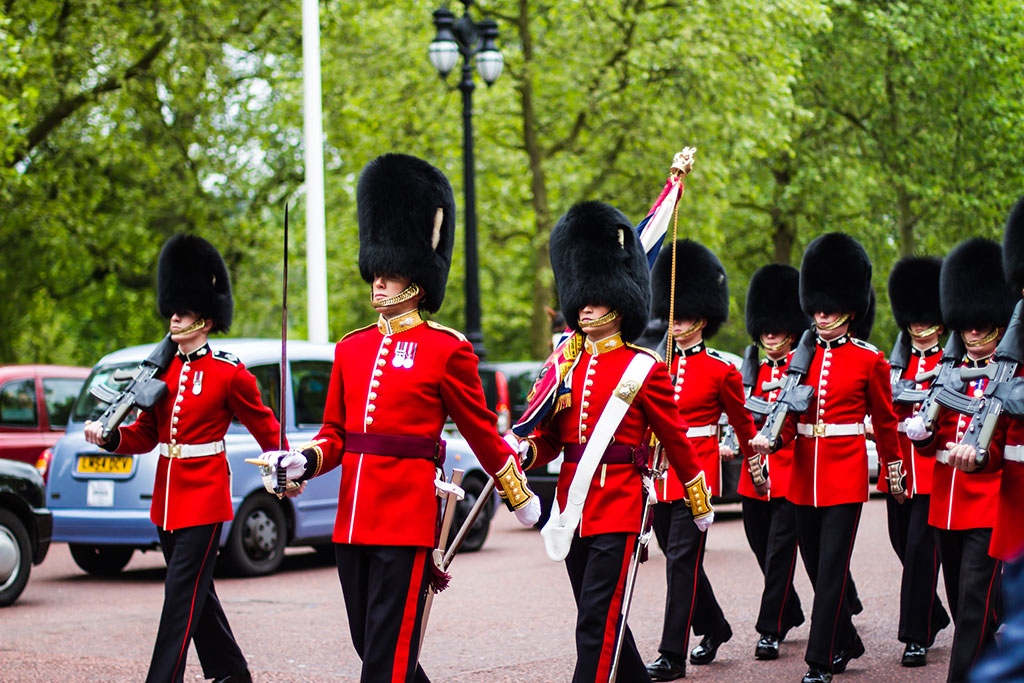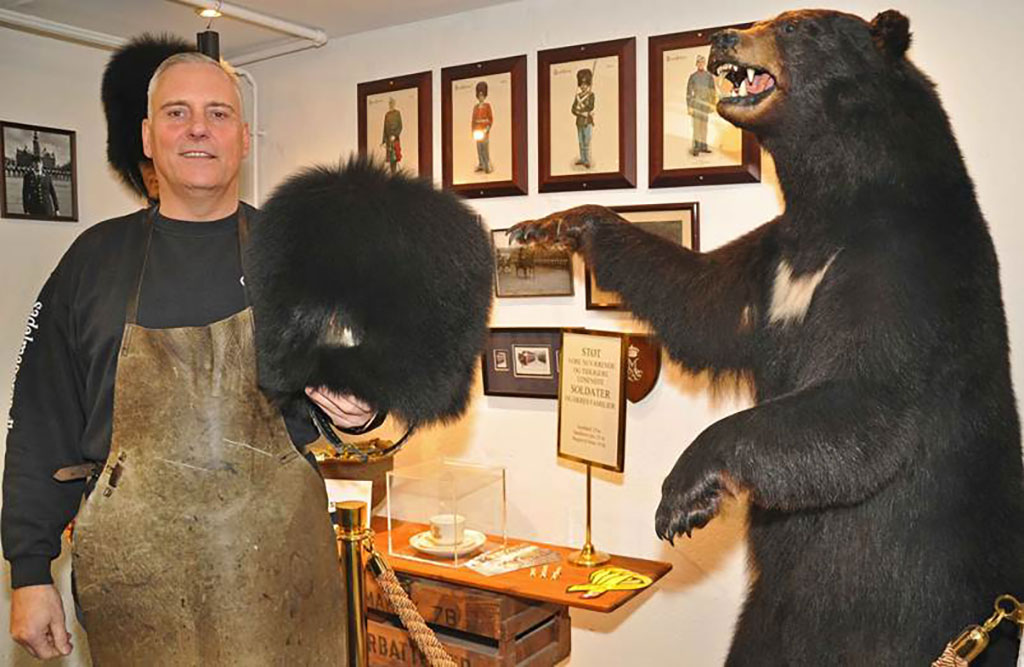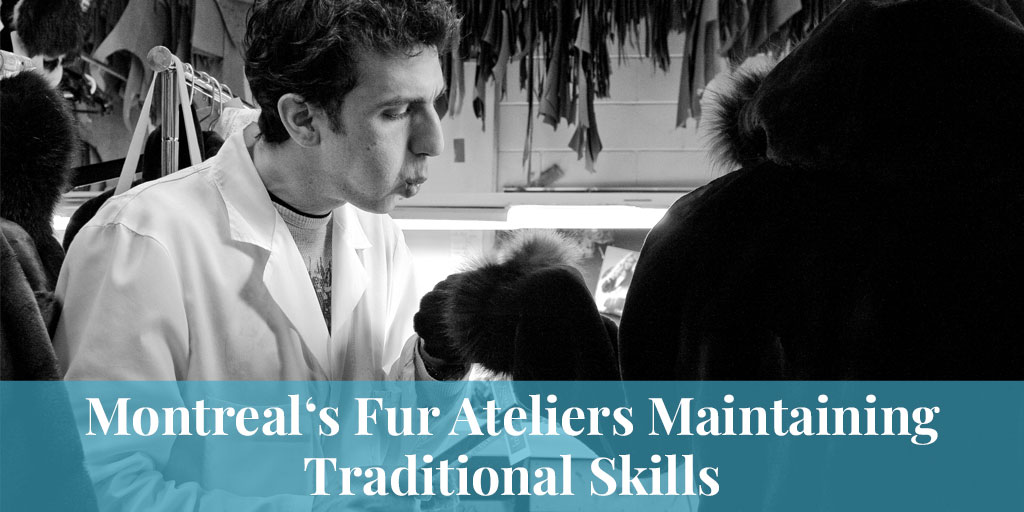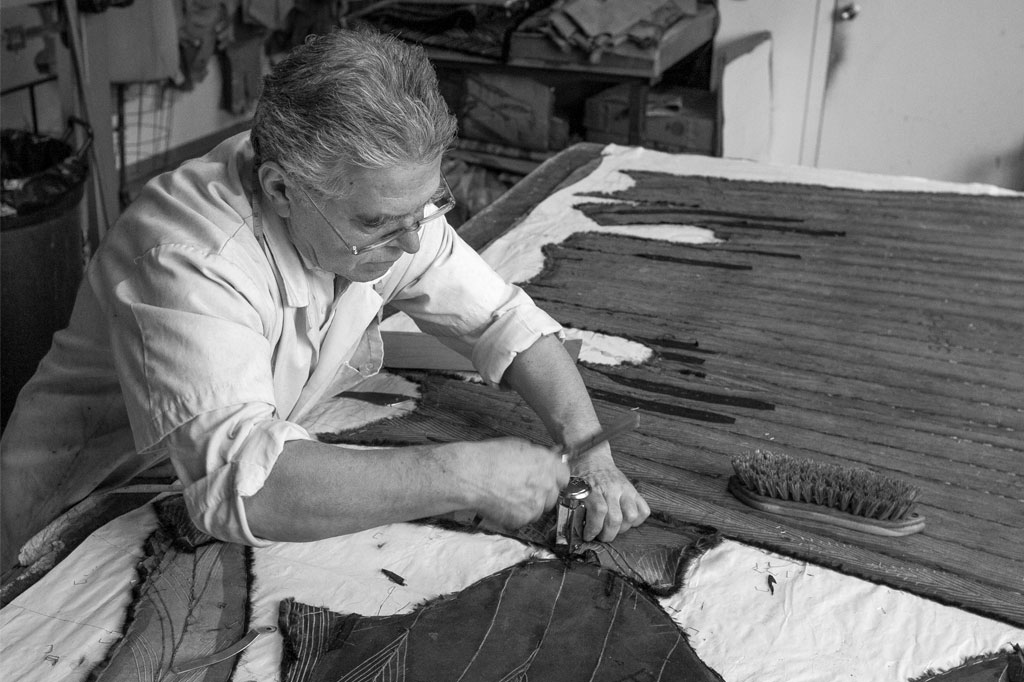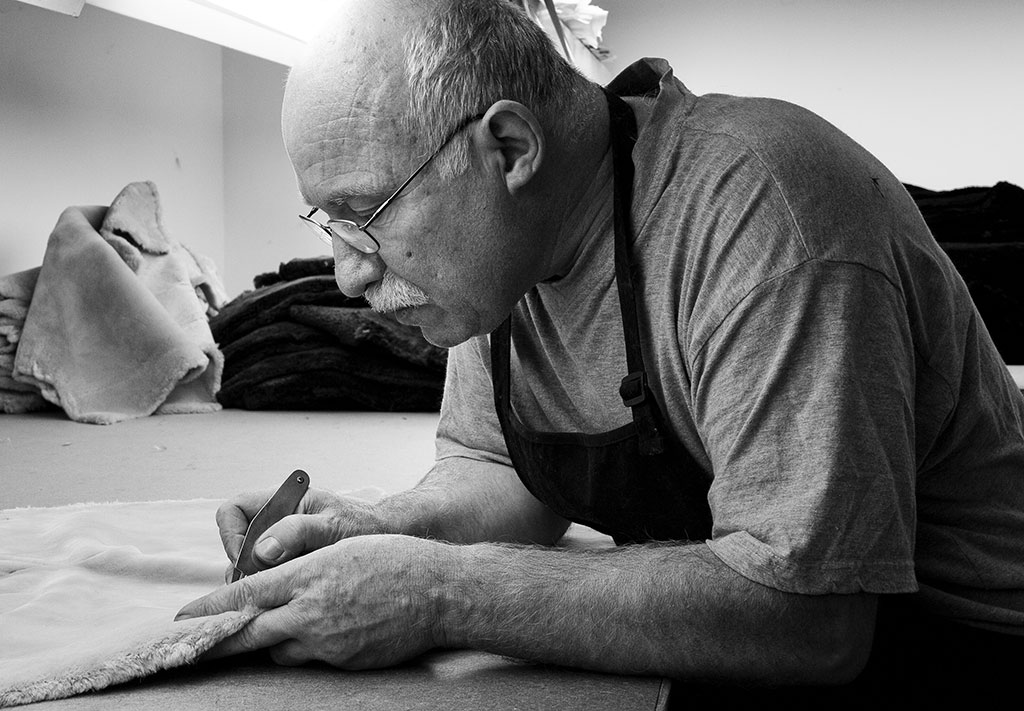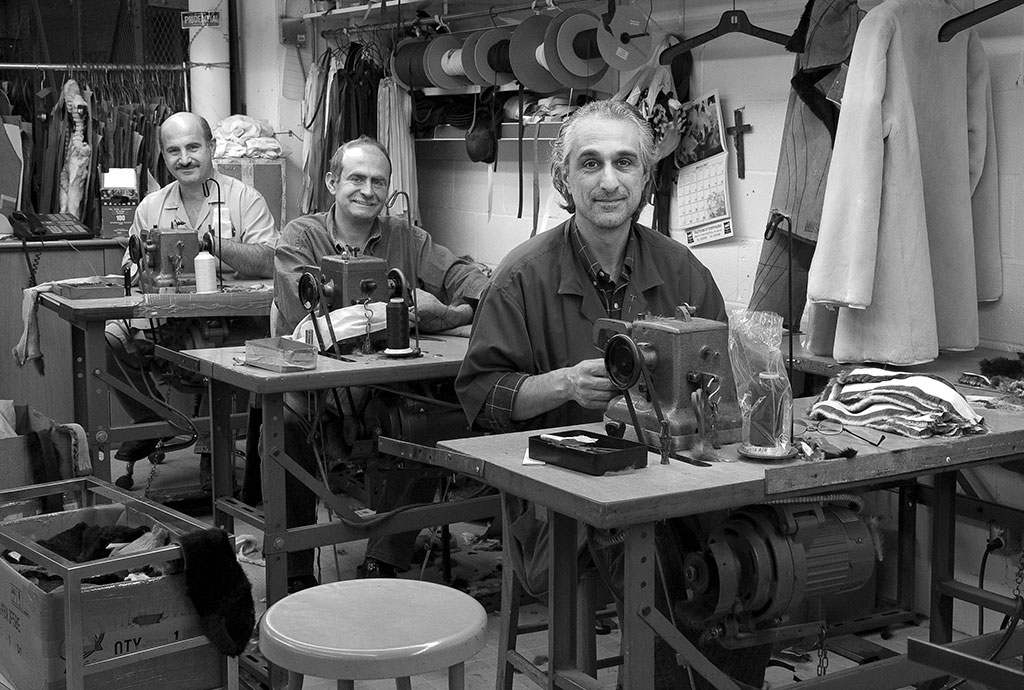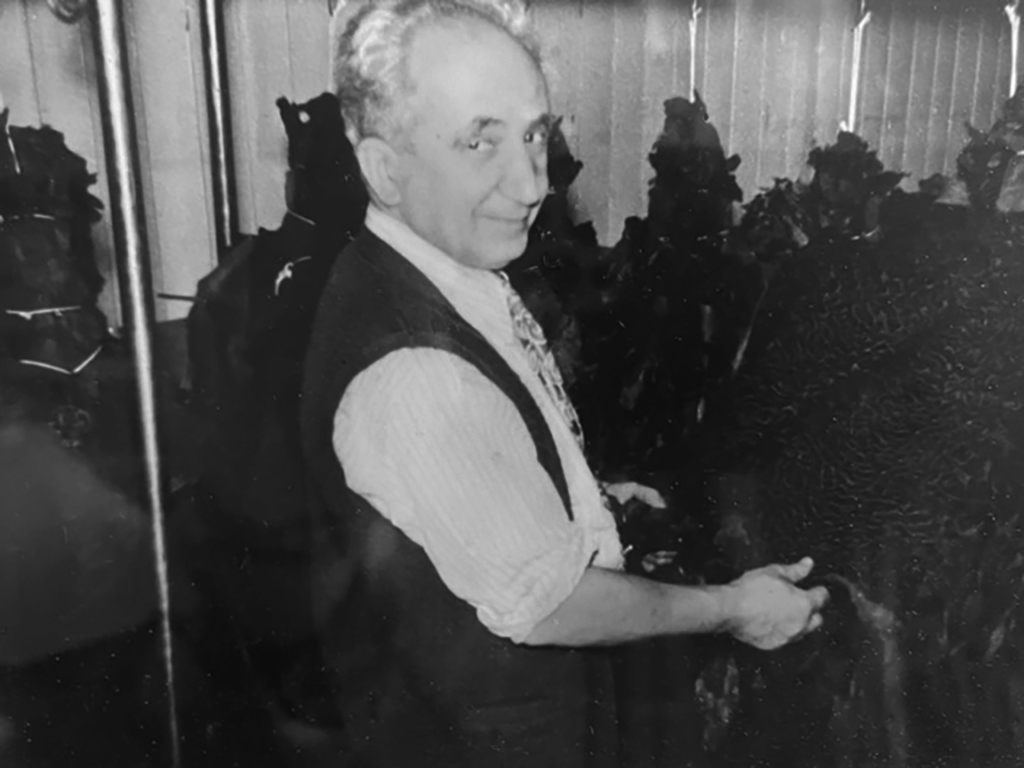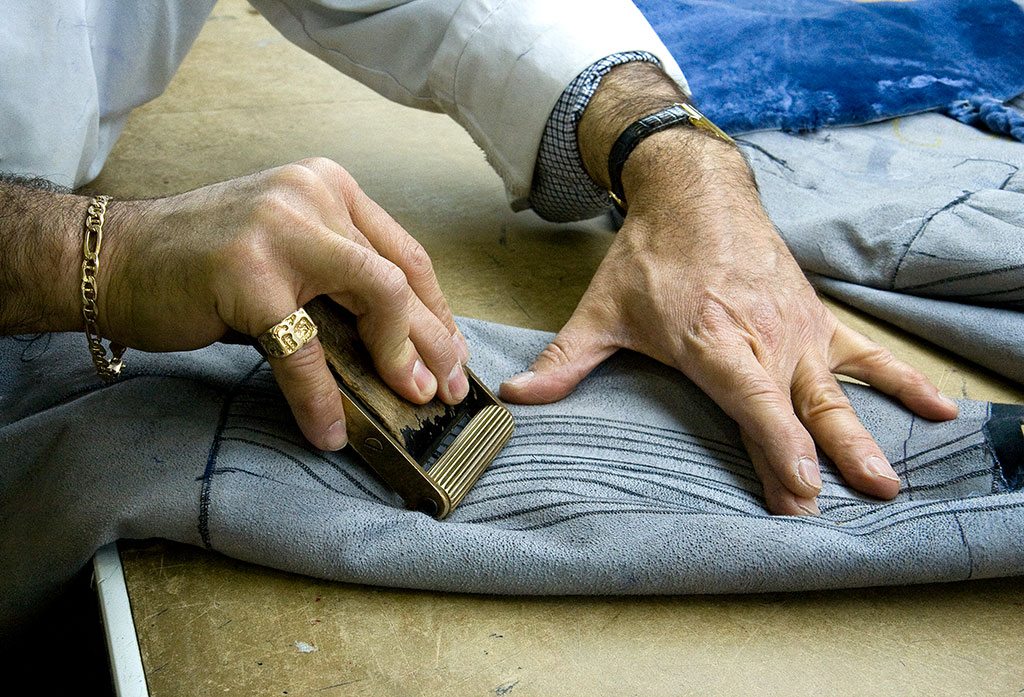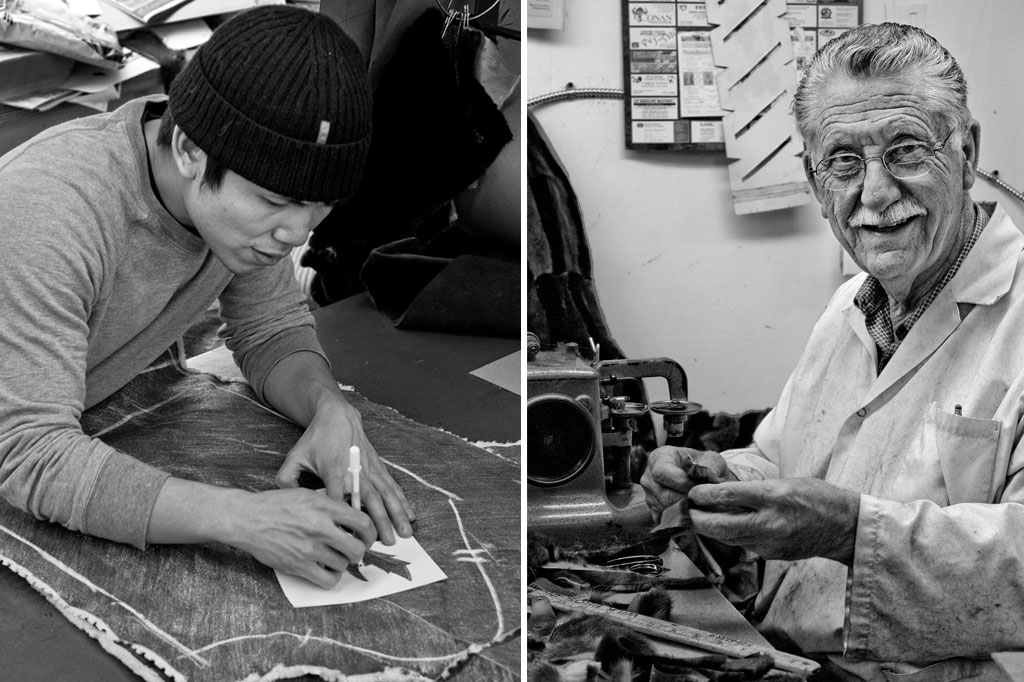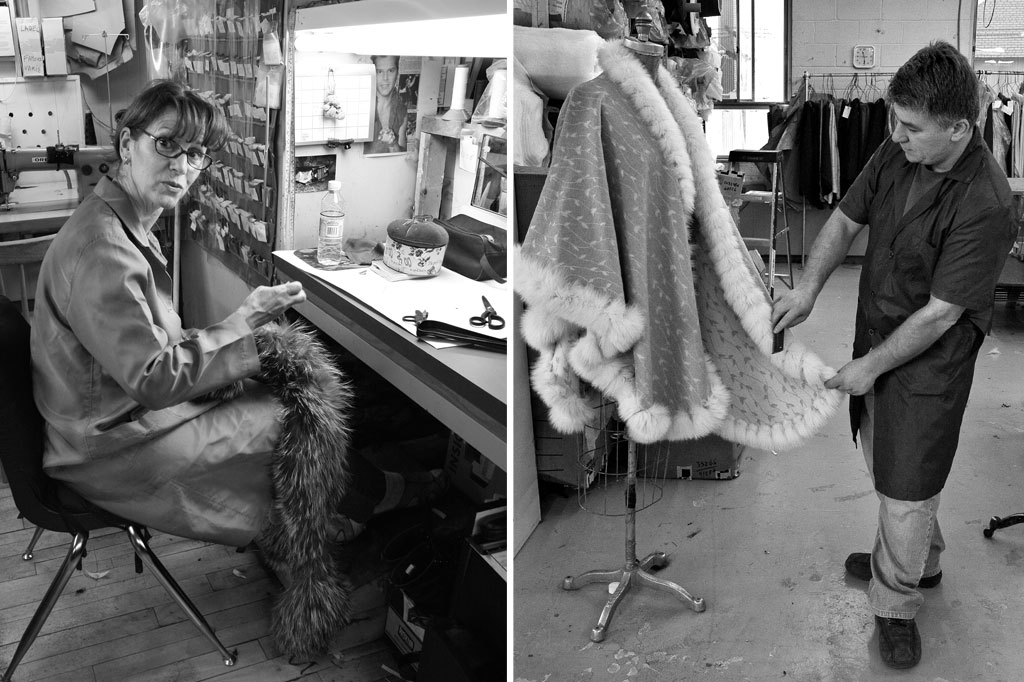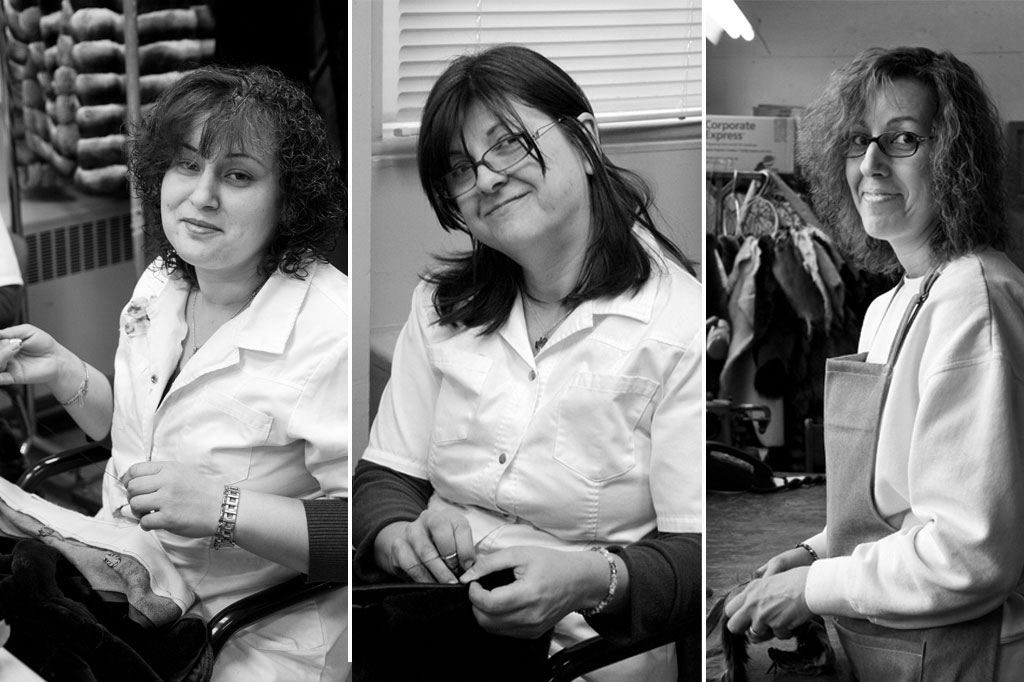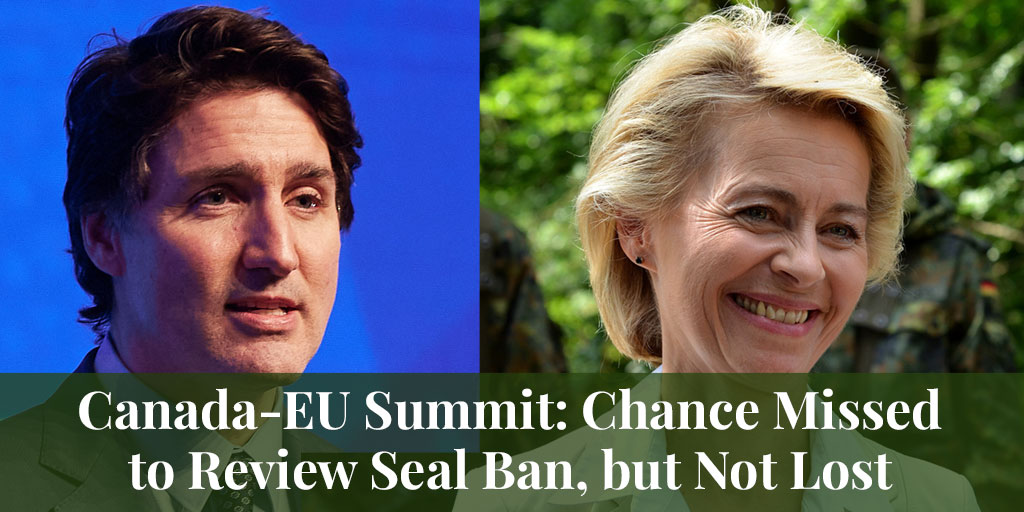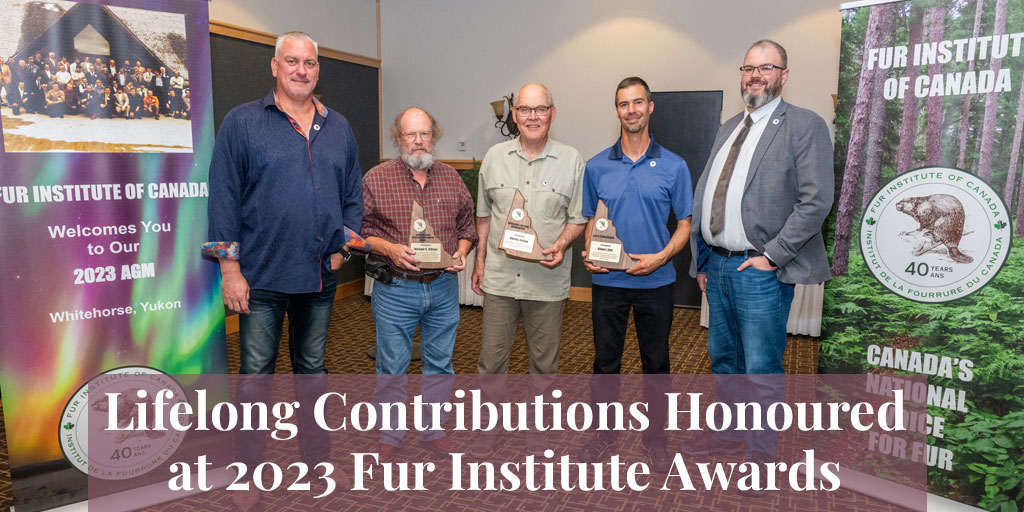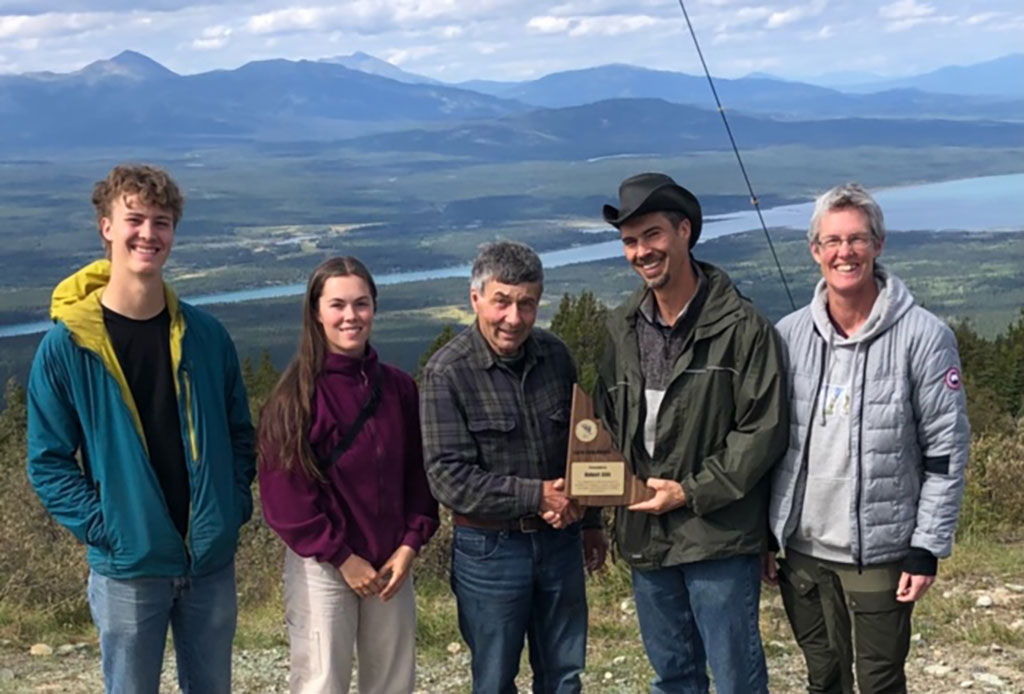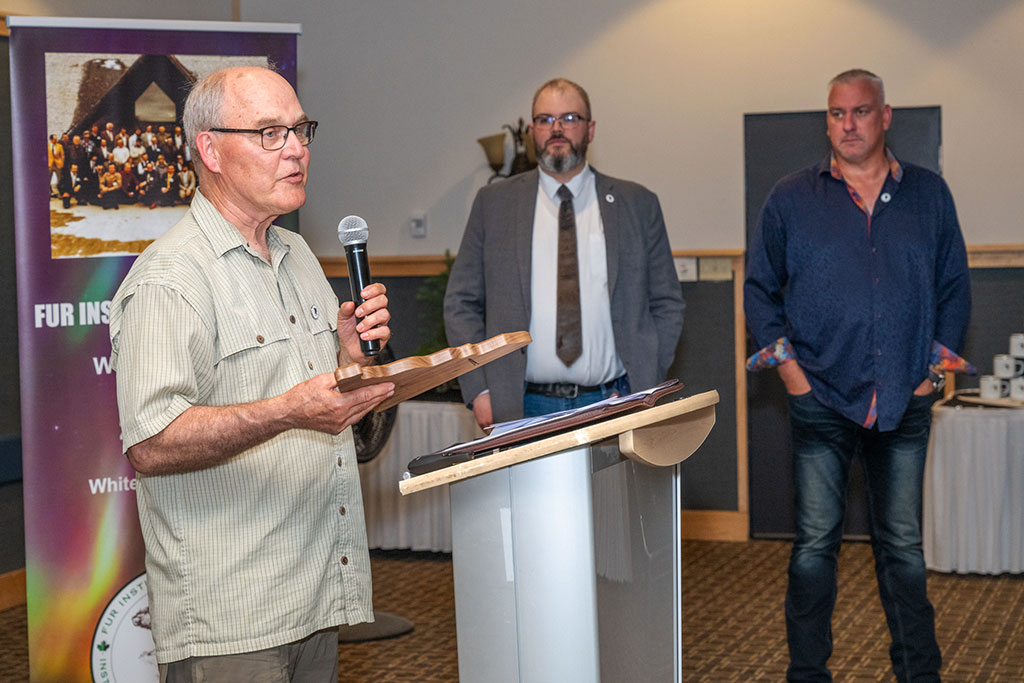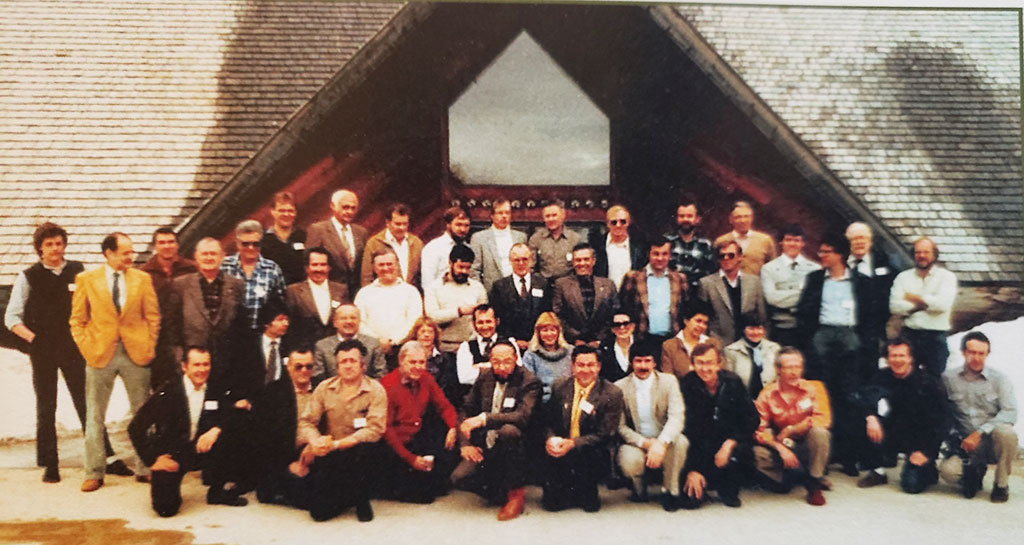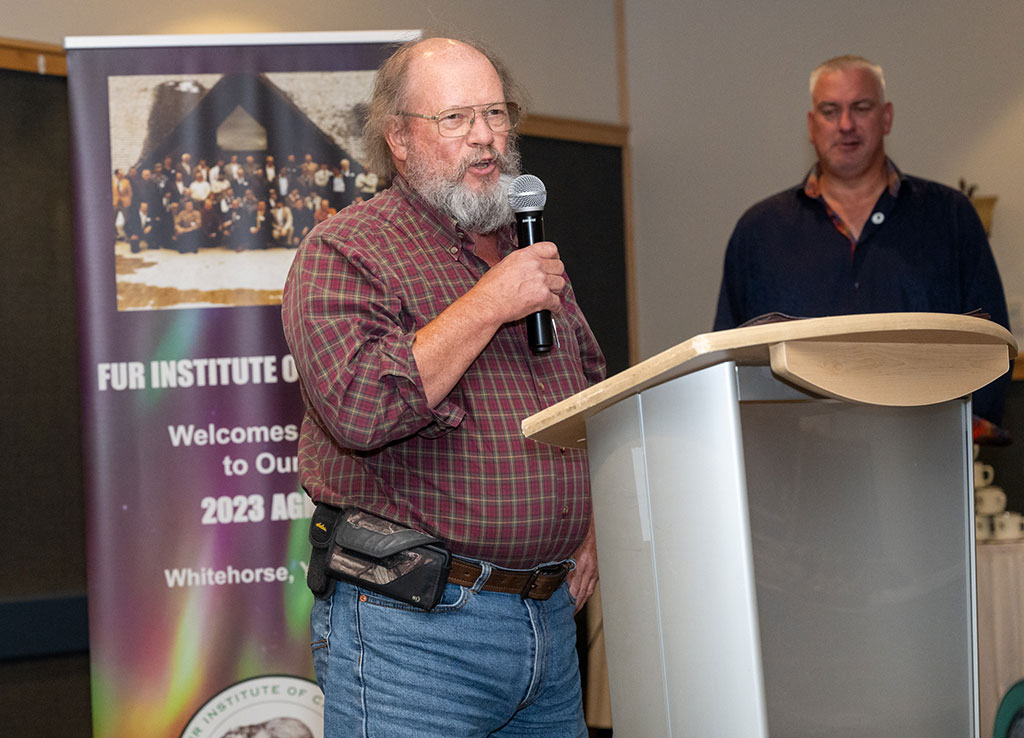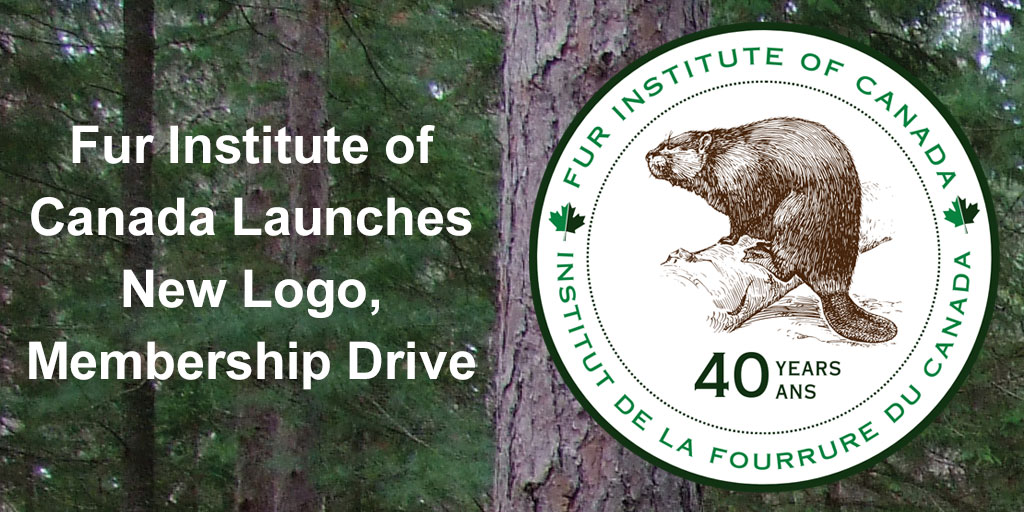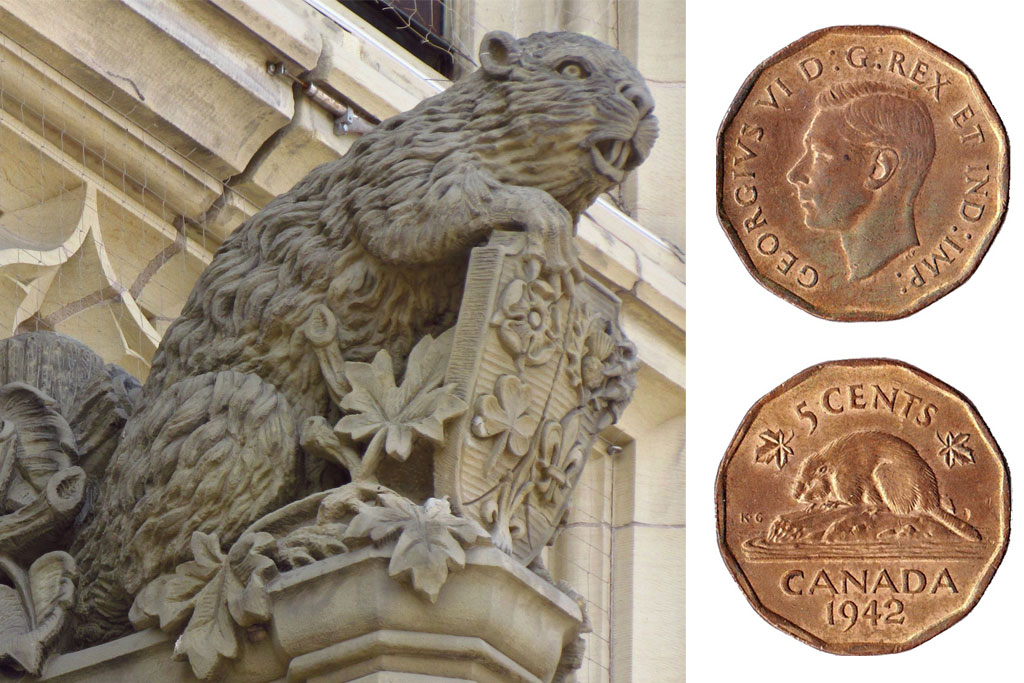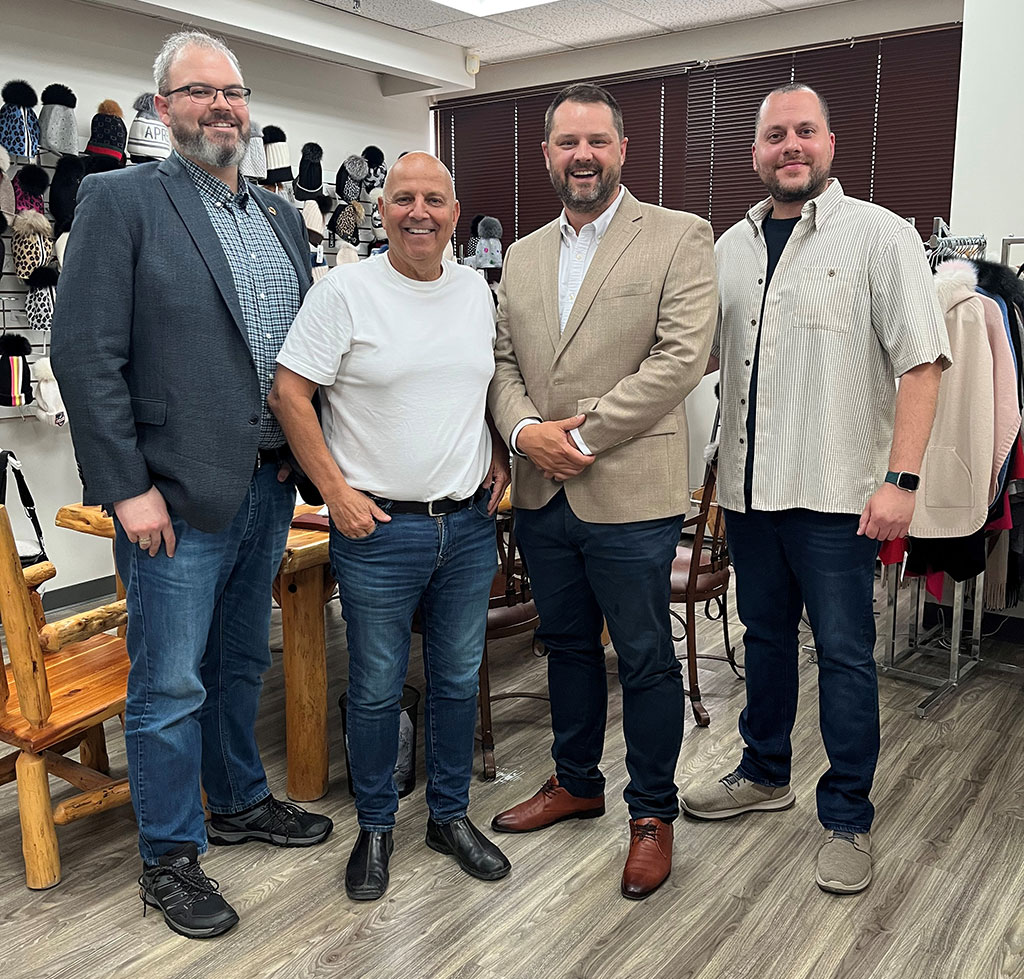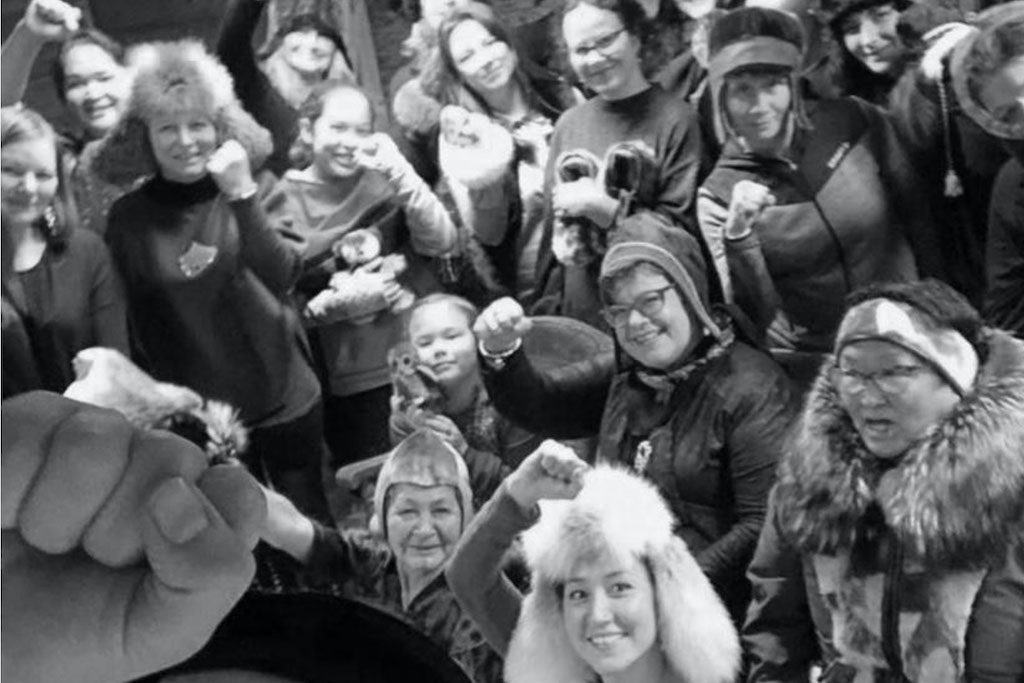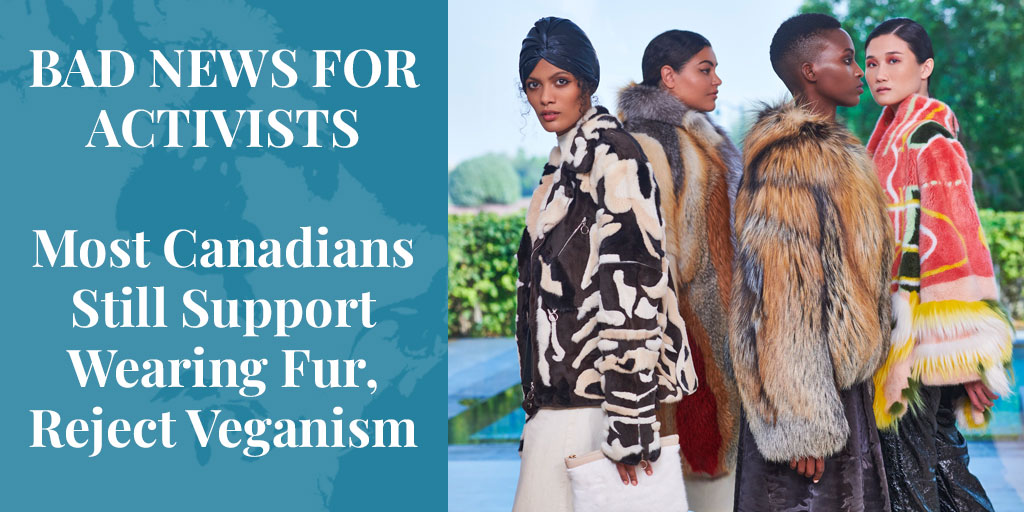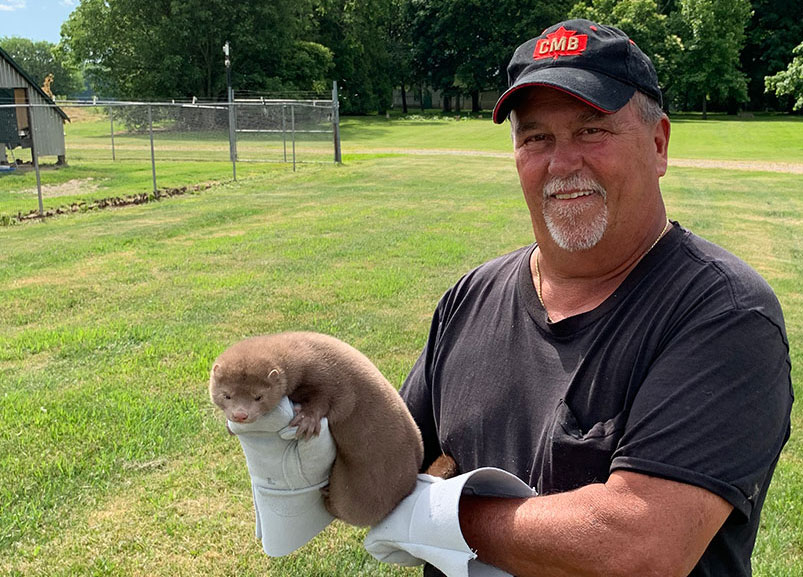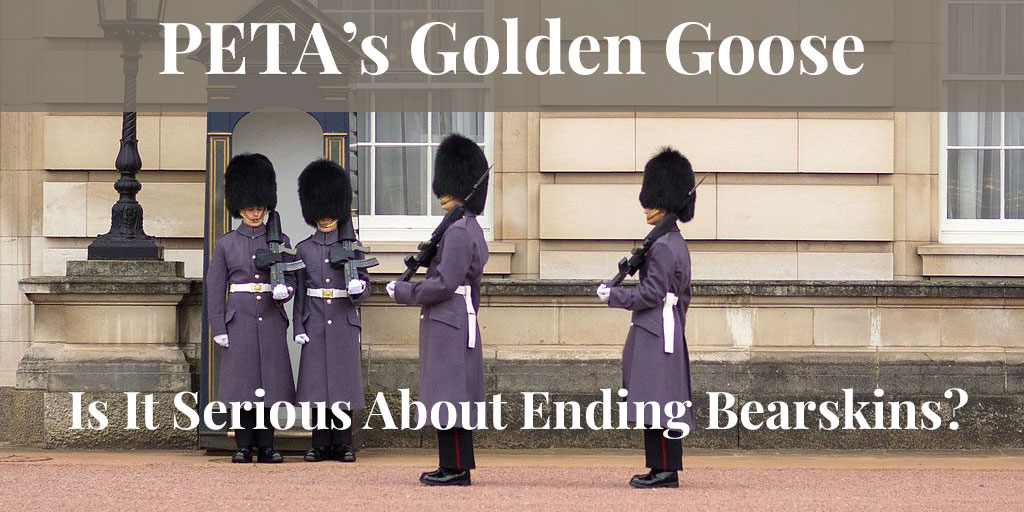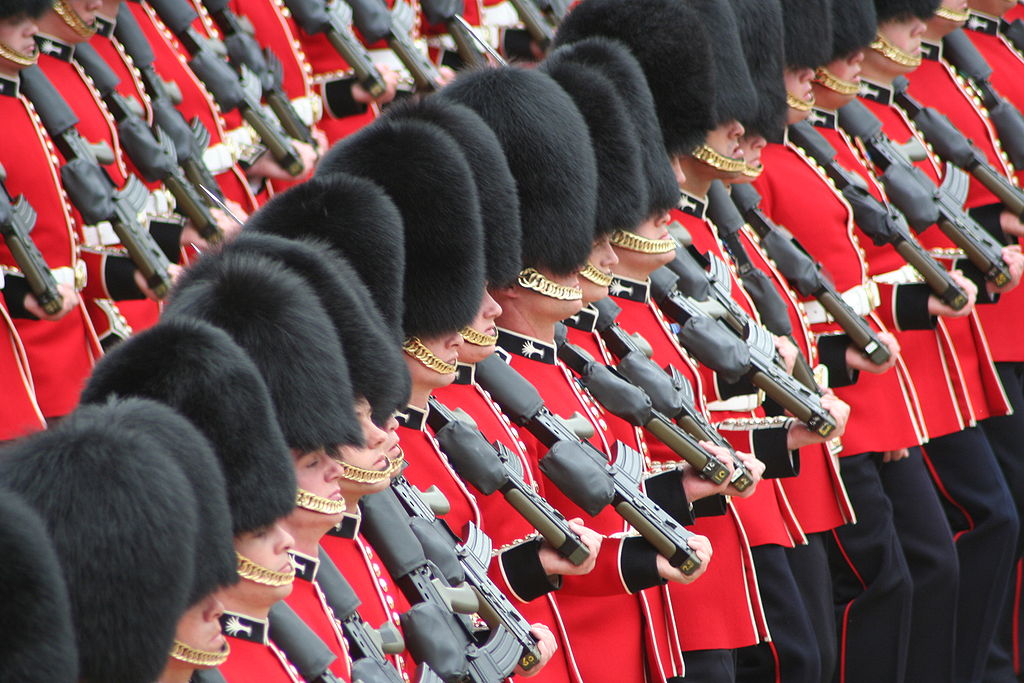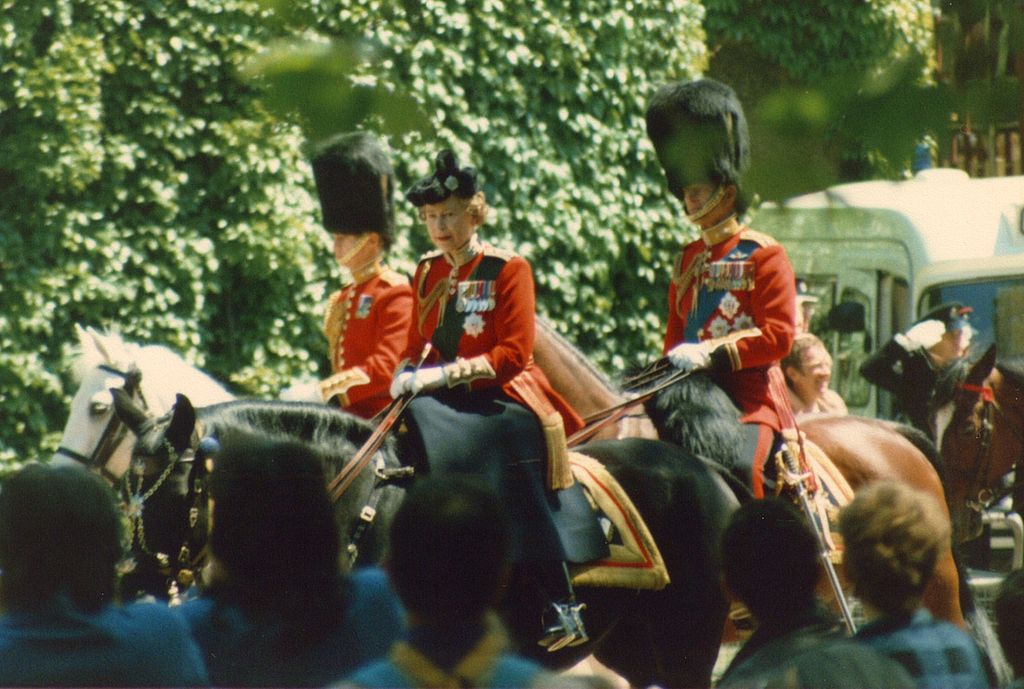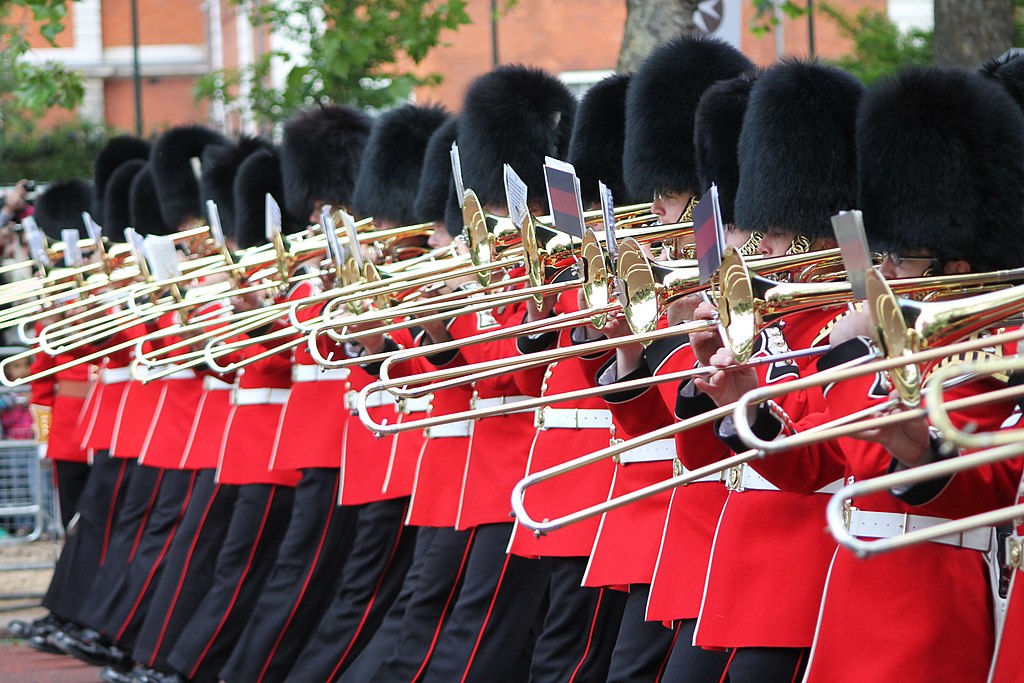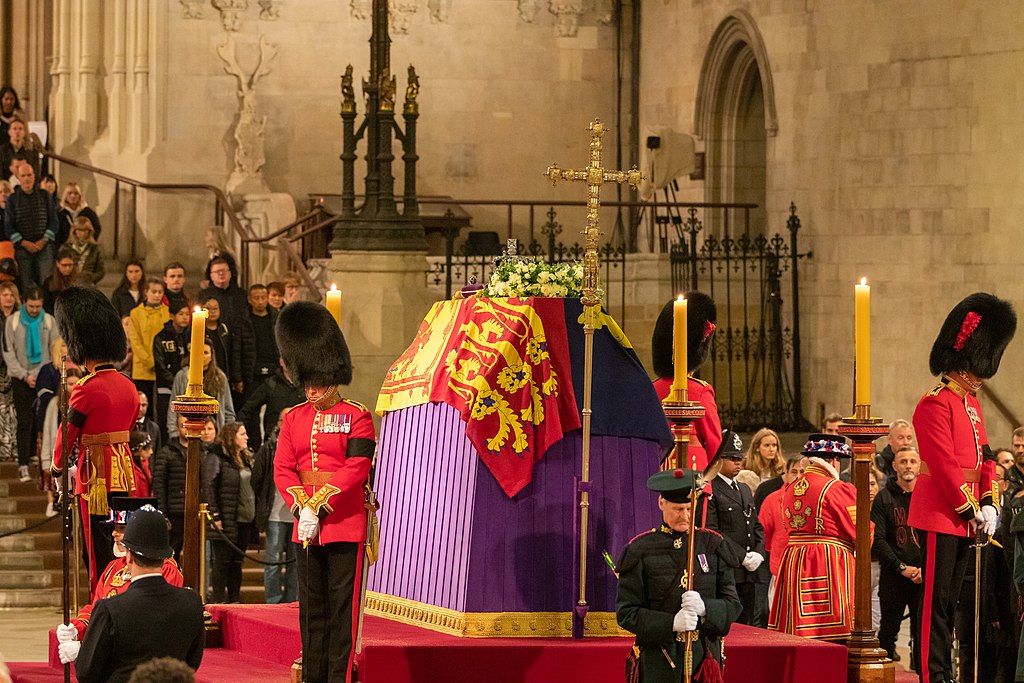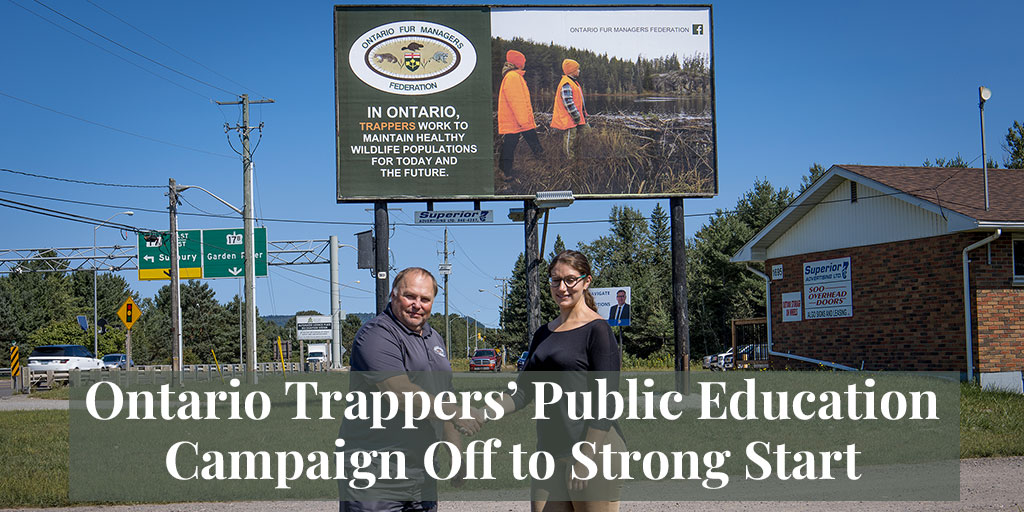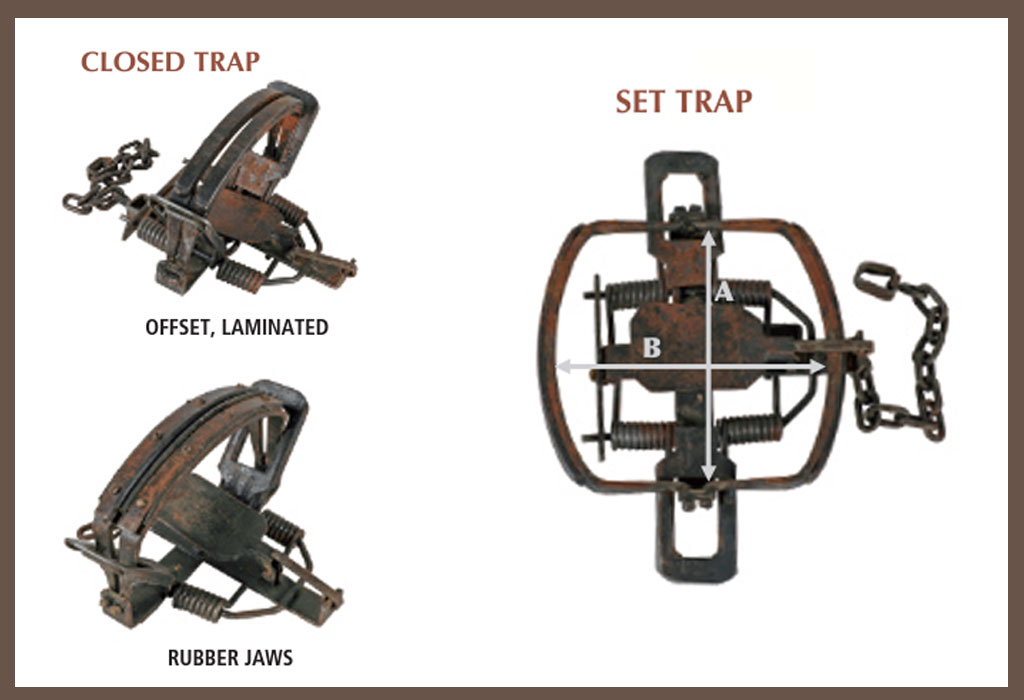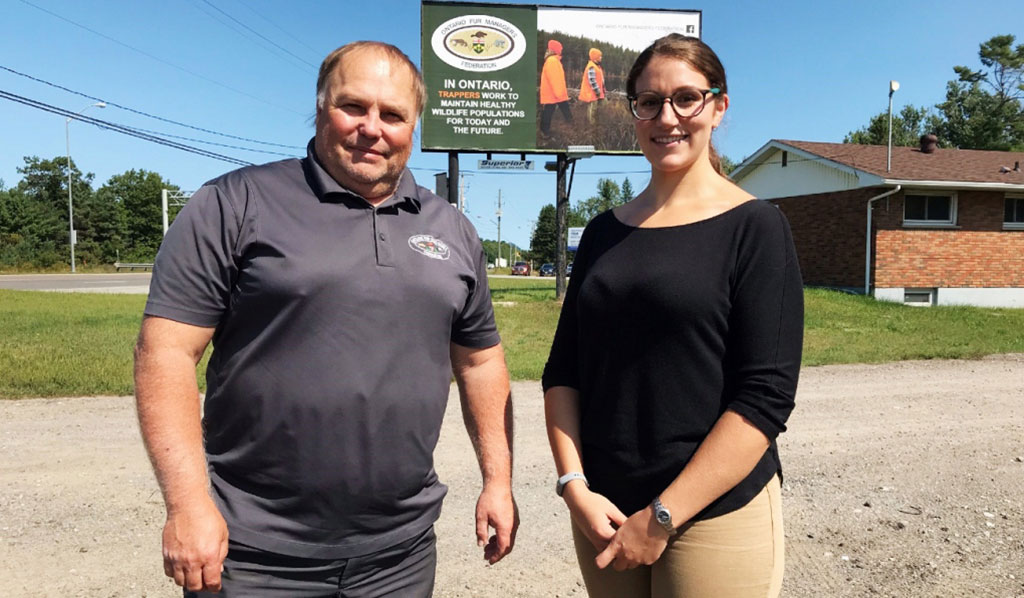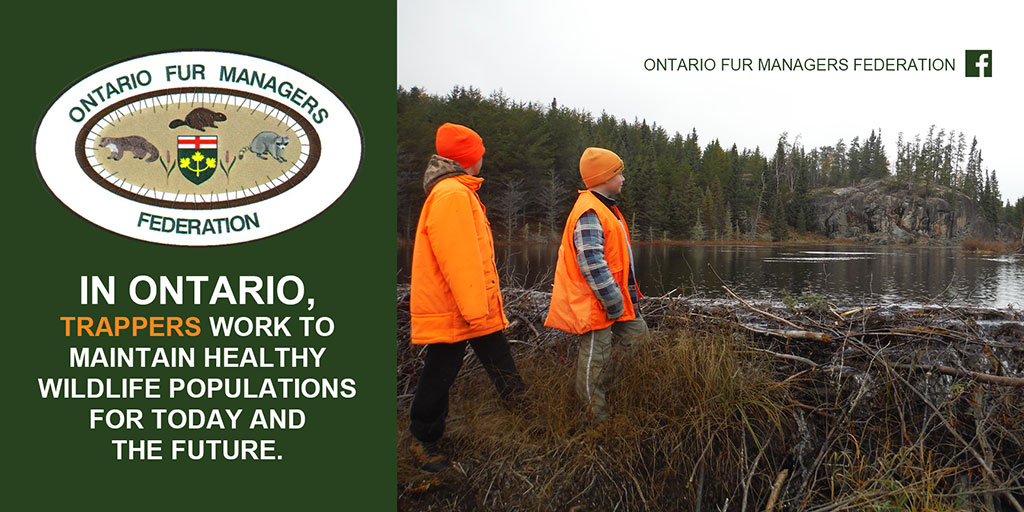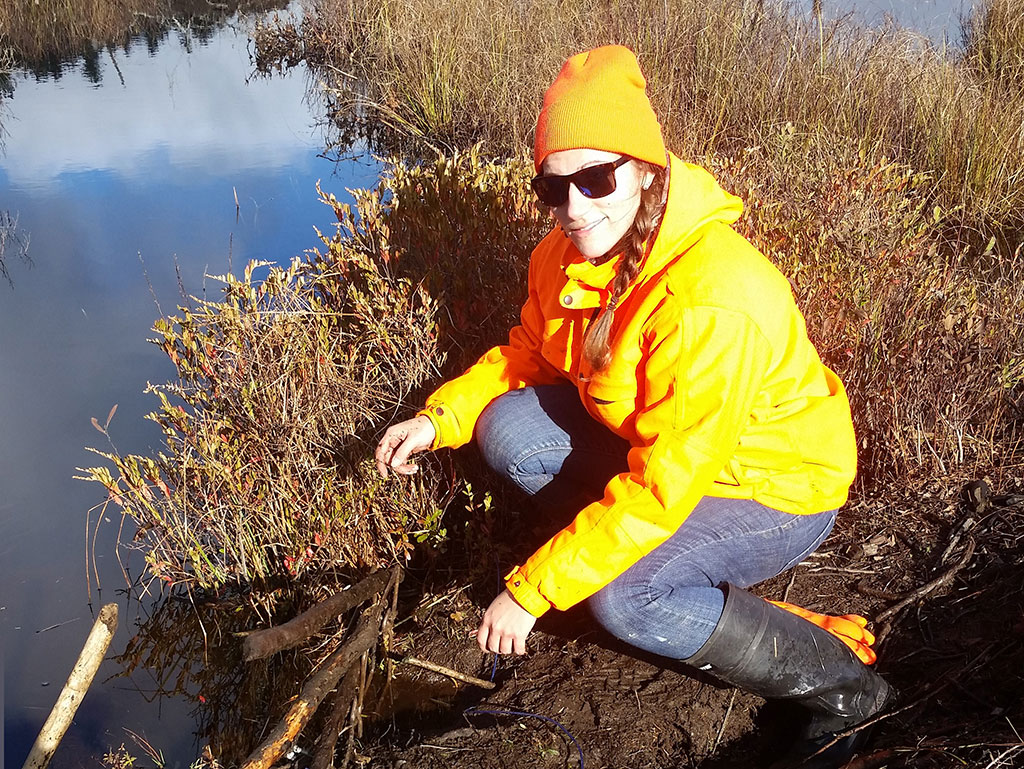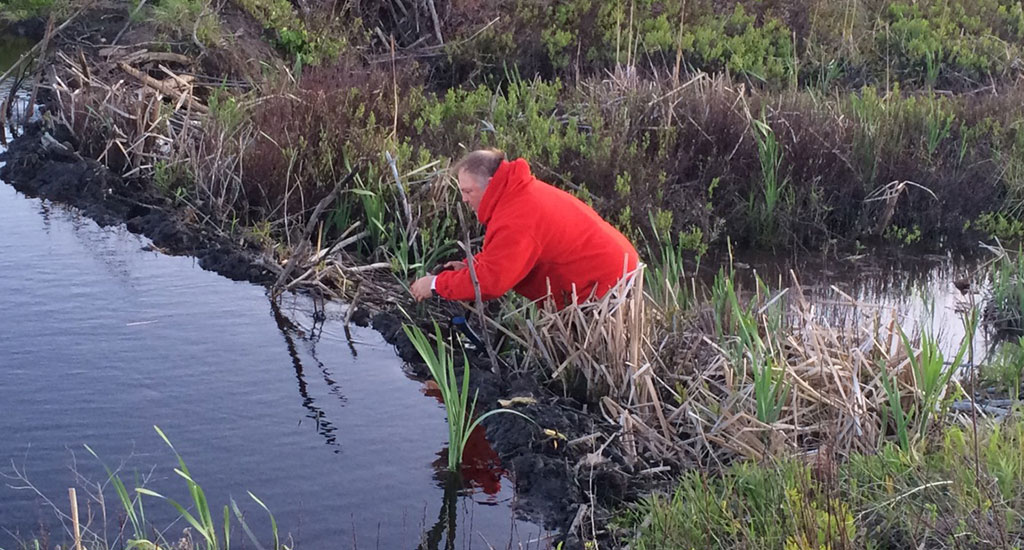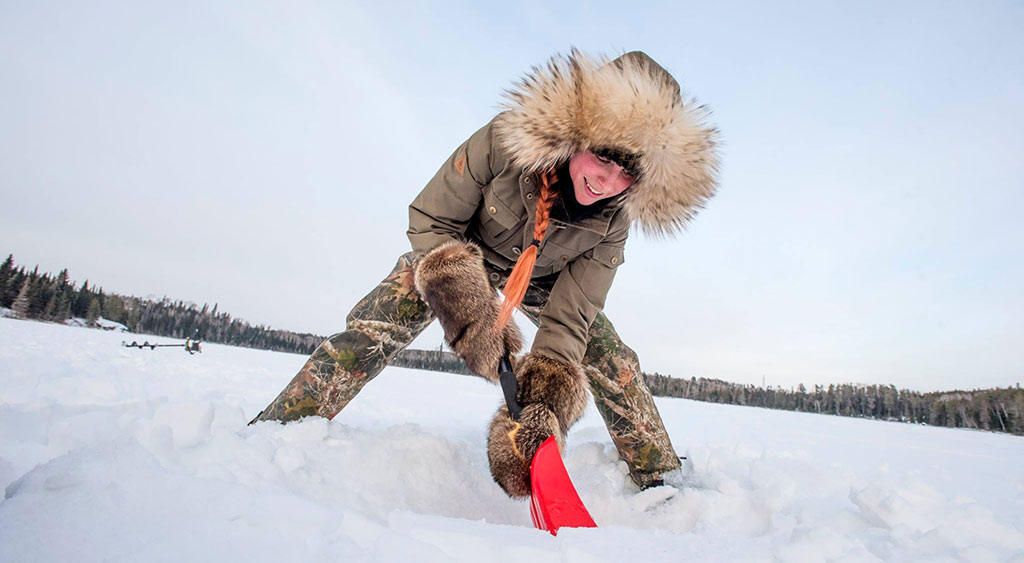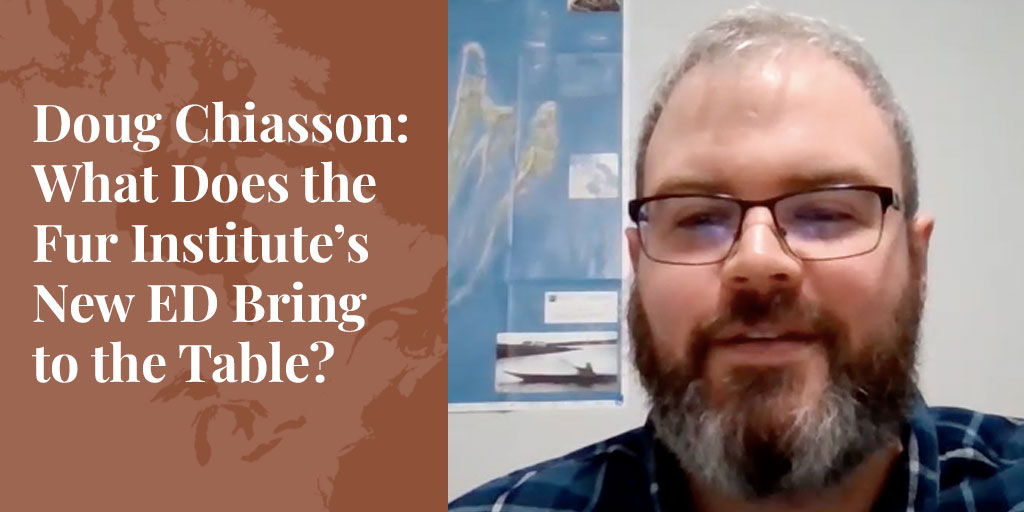In 1997, the Fur Institute of Canada’s Aboriginal Communications Committee launched the Jim Bourque Award in honour of a man…
Read More
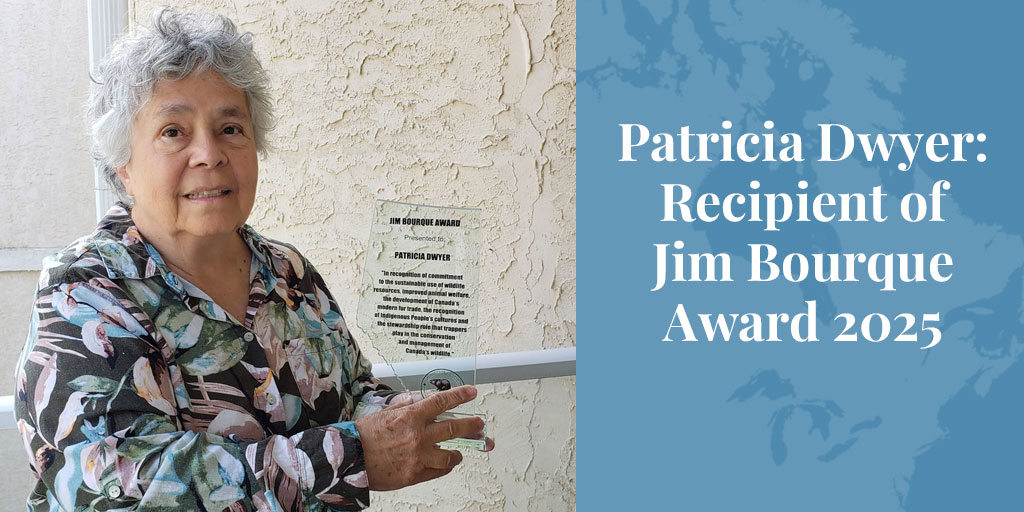
In 1997, the Fur Institute of Canada’s Aboriginal Communications Committee launched the Jim Bourque Award in honour of a man committed to the sustainable use of wildlife, animal welfare, development of Canada’s modern fur trade, and recognition of Indigenous People’s role in the conservation and management of wildlife. This year's award went to Patricia Dwyer, a Métis resident of northern Alberta and director of the Canadian Wildlife Federation. Here is her story.
SEE ALSO: Fur Institute of Canada holds 2025 AGM in Edmonton. Truth About Fur.
***
The Wild Path: A Personal Journey
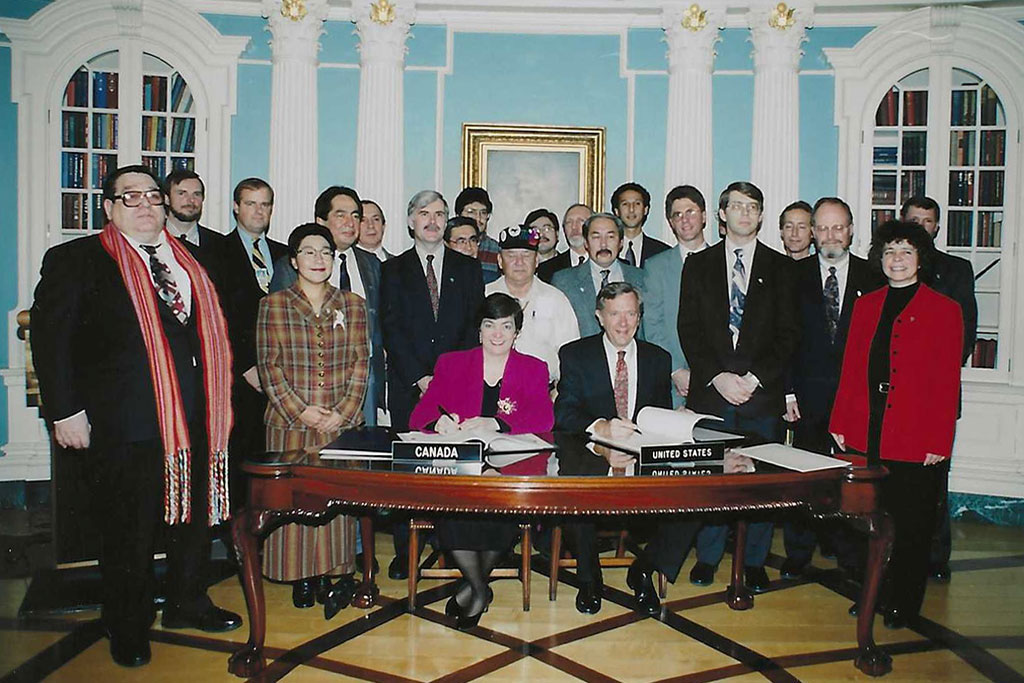
The first traces of my passion for wildlife etched themselves into my mind long before I could spell “conservation.” As a child in northern Alberta, I would explore outdoors with my brother and my cousin. The skies held a fascination of large and small birds, some quiet voices and some joining each other in raucous laughter, while the fields and forest floors provided small mammals like squirrels, skunks, rabbits and porcupines. Occasionally a mink or an otter would be spotted down by the Burnt River. Deer and coyotes were plentiful.
I wanted to be a veterinarian working with wildlife. I never got there, but found other ways to fulfill my passion. I was the granddaughter of a Hudson’s Bay factor and an Indigenous woman who lived in a town of about 300 people and relied on the fruits of nature. After living up there for my early formative years it was no surprise to my parents that I would choose an occupation along that path.
Personal Growth: Lessons Beyond the Curriculum
While studying wildlife biology and management at the University of Guelph, two of my student colleagues, Richard Popko and Robert Stitt, introduced me to the Ontario Trappers Association at a conference in North Bay. I was smitten. There were at least 250 trappers, men and women from all over Canada to Texas. They were happy, friendly and welcoming people. And they accepted me without question.
Upon graduation I accepted a position from Neal Jotham and Diana Manthorpe, with the Federal Provincial Committee on Humane Trapping, the predecessor to the Fur Institute of Canada. I took a course in trapping from Lloyd Cook, the then president of the OTA. The work I did was to film animals going into traps which we wanted to prove humane. The traps were kill traps, and locked open. There was a trajectory which could be determined with the very little movement we provided and the animals’ movements. No traps were used to kill animals unless they were determined able to hit hard enough at a vulnerable spot. I would film at night and eventually in an indoor space with adequate cameras and lighting. I housed and cared for marten, mink, fisher and raccoon for research, as well as a lynx, and a fox.
SEE ALSO: Humane trapping research program leads the world. Truth About Fur.
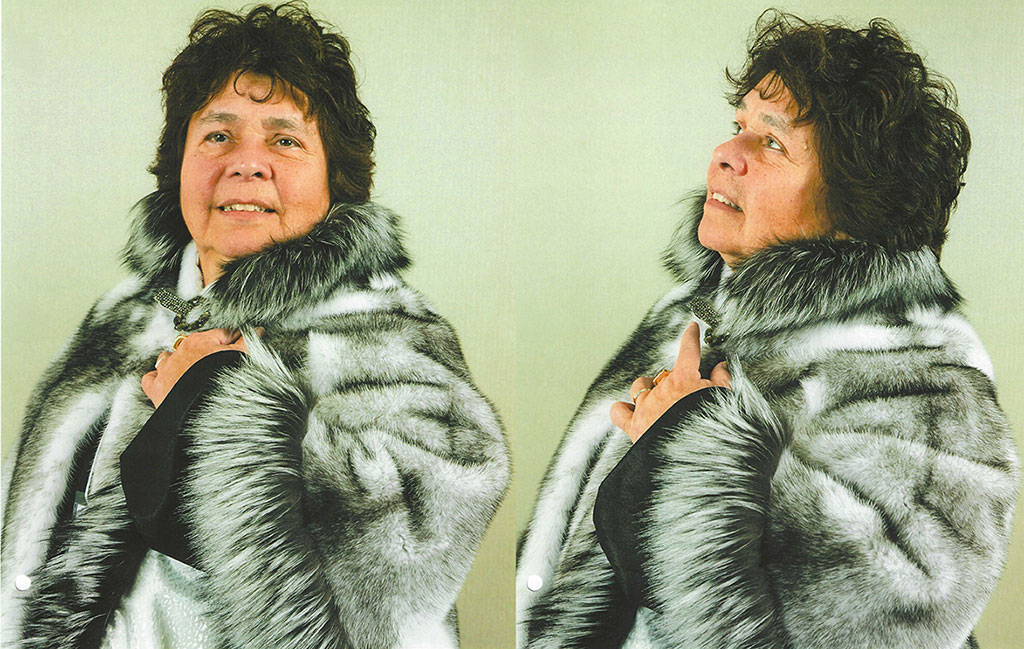
My supervisor was Dr. Fred Gilbert, and I had two employees. Eventually the FIC trap development work moved to Vegreville. I had also moved to Alberta and was working for the Alberta Government as a fur biologist. I was still working with traps and trappers and had several trappers outfitted with new humane traps and new technicians to test over the winters. I also worked with government people from the other provinces who held similar positions to mine – such as Bob Carmichael (Manitoba), Mike O’Brien (Nova Scotia) and Pierre Canac-Marquis (Quebec).
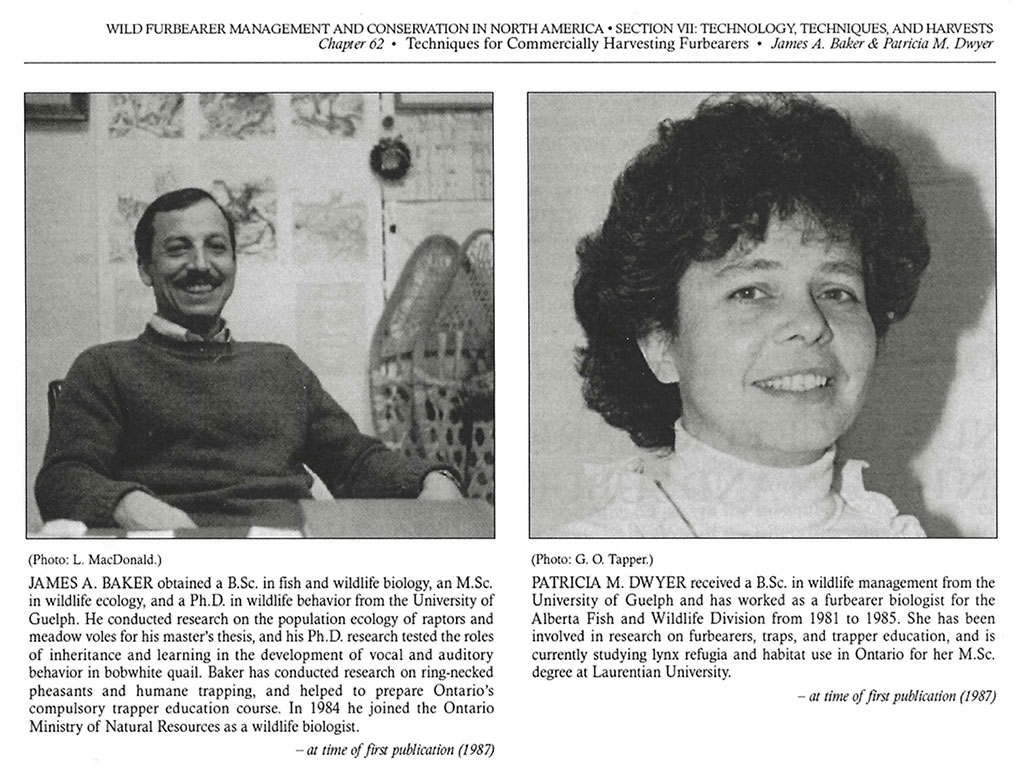
Eventually I left to do a master’s under Dr. Frank Mallory on lynx cycles producing my thesis “Location and Characterization of Lynx Refugia of Ontario”, at Laurentian University in Sudbury, supported by the Ontario Ministry of Natural Resources and my many friends and family. During that time, I collaborated with Jim Baker on a chapter in the trapping bible by Milan Novak, Wild Furbearer Management and Conservation in North America.
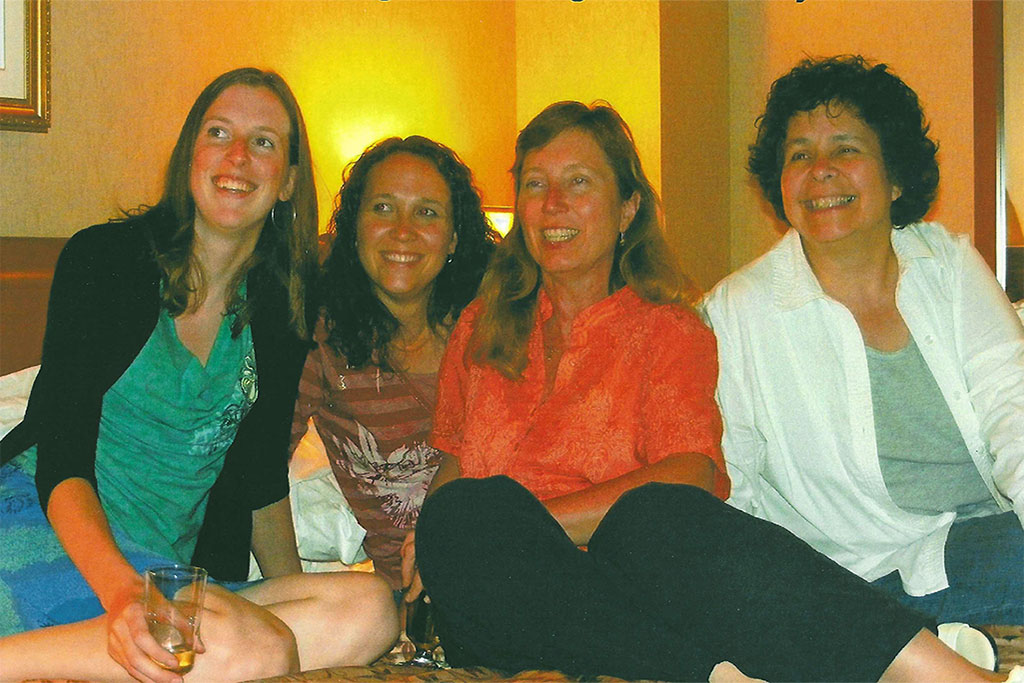
Following that and before graduating, I attended University of Ottawa at the Law school. I graduated from my master’s and law degrees on the same May weekend in 1992. Upon graduation I worked for the Department of Indian Affairs and Northern Development in the trapping section, doing consultations with Aboriginal peoples on humane traps. Brian Roberts and Smokey Bruyere were my mentors and supervisors in this position.
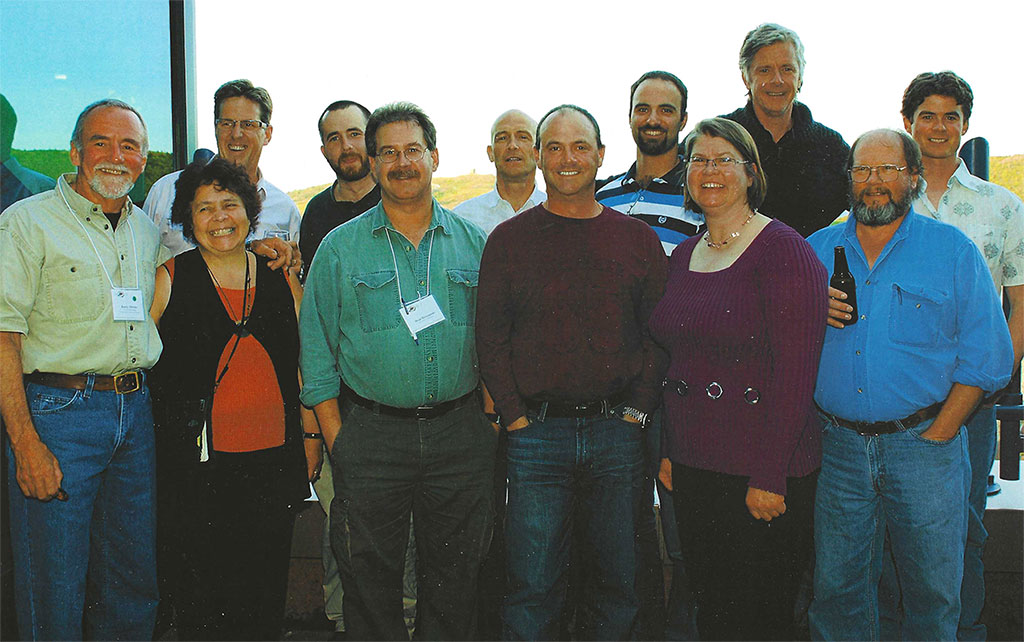
I was soon asked to join the Canadian Wildlife Service, to do consultations and help facilitate the changes to the Migratory Birds Convention 1916. With the acceptance of the Constitution Act, 1982 it was necessary to acknowledge and accept the rights of the Aboriginal Peoples of Canada to hunt migratory birds during the closed season for subsistence purposes. I requested and was given permission to form a negotiation committee with Aboriginal peoples on the team. The Honourable James Bourque, who was the Deputy Minister of Environment in the Northwest Territories, worked with me along with Philip Awashish from the Crees of Quebec and Rosemary Kuptana, the then president of the Inuit Tapiirisat of Canada. I have always thought of this successful endeavour as one of the first Federal government actions of reconciliation to Indigenous peoples.
At CWS, I was Chief of Aboriginal Affairs and Transboundary Wildlife for 20+ years. Presently, I am on the Executive of the Canadian Wildlife Federation (NGO) and slated to become in two years the first woman, and first Indigenous president.
The Power of Community and Collaboration
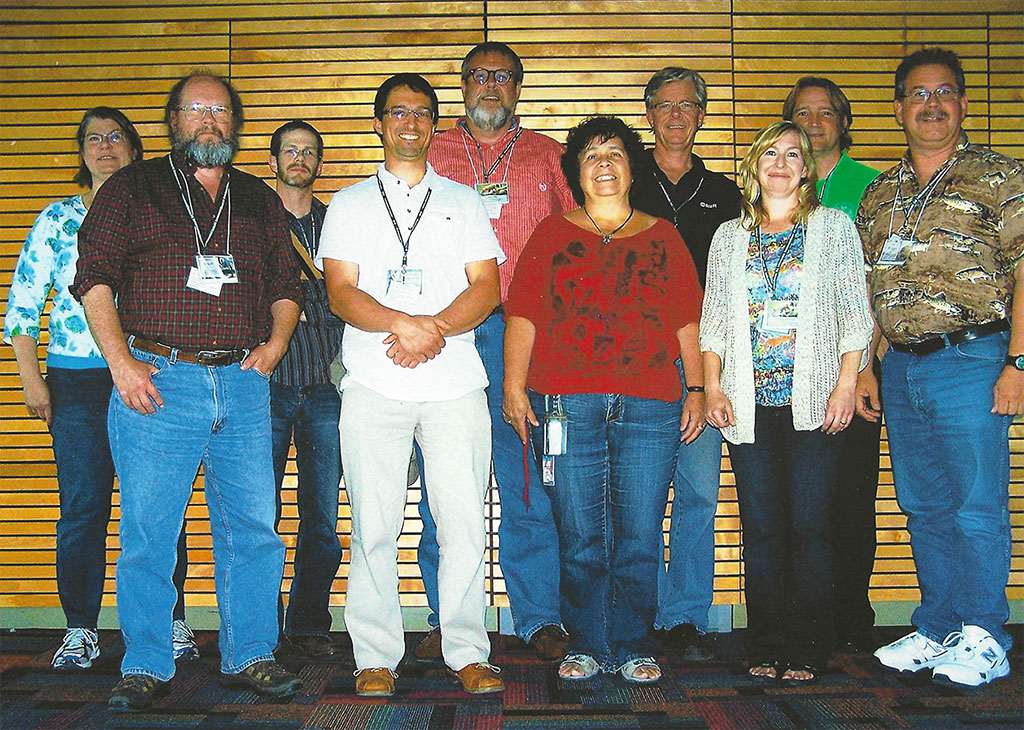
Conservation, I discovered, is not a solitary pursuit. Through workshops, conferences, and collaboration with other students and professionals, I became part of a network dedicated to wildlife conservation. We shared findings, debated best practices, and supported each other through successes and setbacks. One of my most formative experiences was working on co-management agreements in the new treaties with Indigenous peoples. The project required coordination between hunters and trappers, Indigenous communities, and government lawyers and biologists – a reminder that conservation is as much about people as it is about animals.
I learned to listen as much as to speak, absorbing traditional ecological knowledge and local stories that textbooks never capture. The wisdom passed down by Indigenous Elders about the cyclical nature of animal populations and the importance of gratitude after each successful track or capture added depth to my scientific understanding.
I am humbled and so grateful to so many people who helped me to understand and to grow along my journey, and to have been able to express myself throughout. Receiving the Jim Bourque Award is an amazing gift of recognition which I never expected. Jim was a close friend of mine and a person I highly respected.
